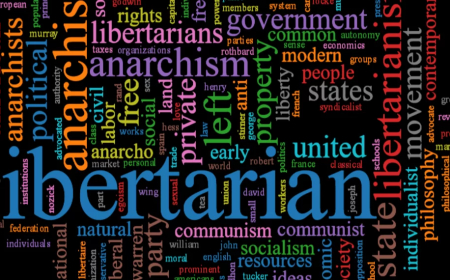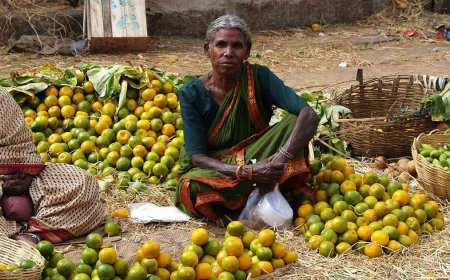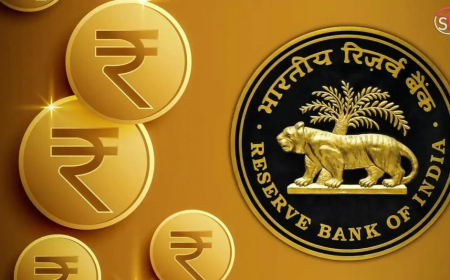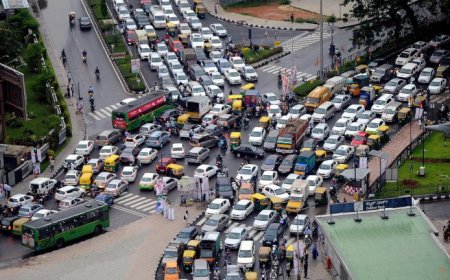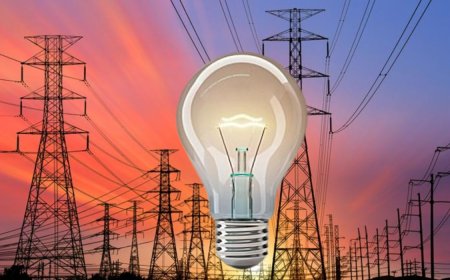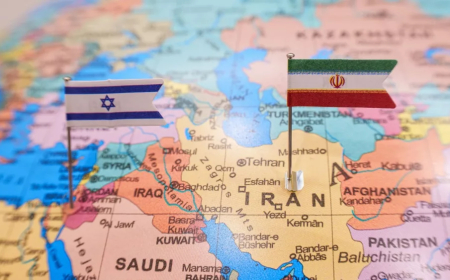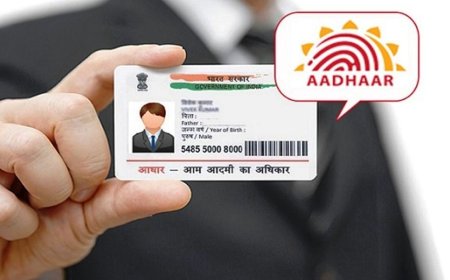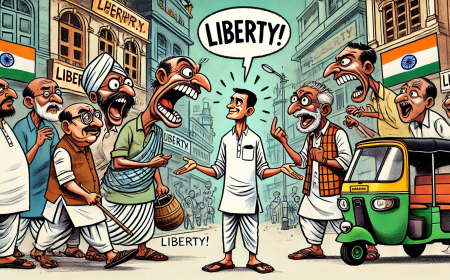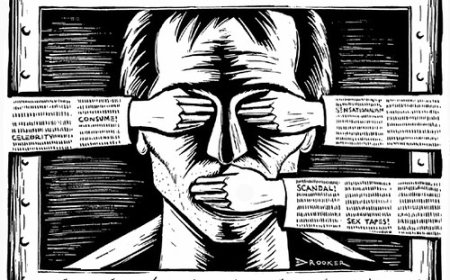Introduction: Are Indian News Channels Truly Independent?
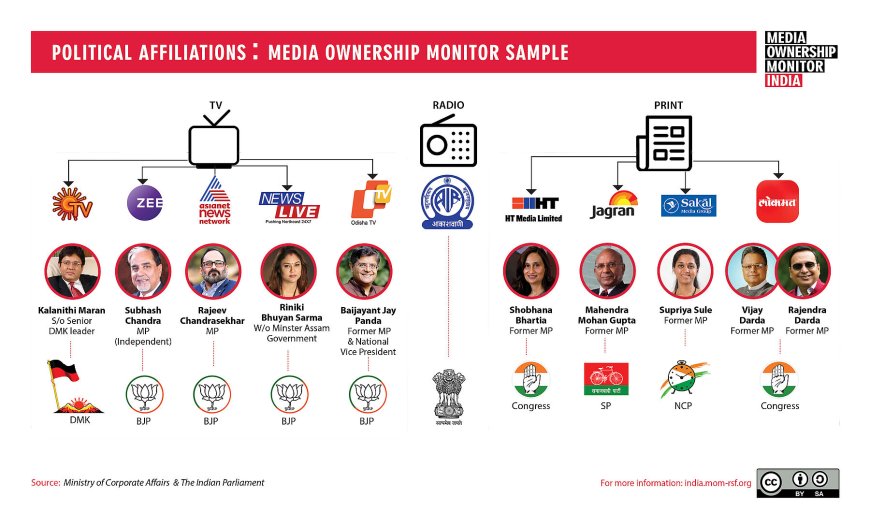
Turn on any Indian news channel or open a newspaper, and you’ll see a common pattern—government advertisements everywhere. From showcasing new welfare schemes to promoting policies, these ads are designed to paint the ruling party in a positive light.
But here’s the problem: when media houses rely on government ad revenue, can they ever be truly independent?
- In 2023 alone, the central government spent ₹3,000 crore on ads.
- Some state governments, like Delhi and West Bengal, spend hundreds of crores on self-promotional campaigns.
- A single front-page newspaper ad costs lakhs, making government spending a financial lifeline for many publications.
This creates a dangerous dynamic—media outlets are less likely to criticize the hand that feeds them.
How Government Ads Influence News Coverage
Government advertising is not just about visibility; it's about control. Here's how politicians use ad money to shape the media narrative.
1. Rewarding Loyal Media, Punishing Critics
- Newspapers and TV channels that praise the government get the most ad revenue.
- Outlets that question policies or expose corruption see their funding dry up overnight.
- In 2019, the Indian government stopped ads for three major newspapers after they ran stories critical of certain policies.
When media houses depend on ad revenue to survive, they self-censor to stay in the government’s good books.
2. Elections = More Ads, Less Journalism
- Just before elections, governments increase ad spending dramatically to push their achievements.
- From newspaper front pages to TV prime time, governments flood the media with feel-good stories.
- Investigative journalism takes a backseat because newsrooms prefer ad money over accountability.
In short, your tax money is being used to buy political propaganda instead of real journalism.
3. The State Government Ad War
It's not just the central government—state governments compete to outspend each other on ads.
- The Delhi government spent ₹550 crore on ads in 2022, making it the highest-spending state.
- West Bengal, Maharashtra, and Tamil Nadu have all been accused of using public funds for political promotions.
- In 2023, the Supreme Court asked states to justify their massive ad spending, but nothing has changed.
Instead of improving roads, hospitals, or schools, taxpayers' money is spent on billboards, newspaper ads, and TV campaigns.
Why This is Dangerous for Democracy

1. Media Becomes a Government Mouthpiece
When news outlets rely on state funding, they stop questioning power. Instead of being watchdogs, they become public relations agencies for the ruling party.
2. Taxpayers Pay for Political Promotions
Government ads are not free—they are funded by public money. But instead of being used for development, these funds go into glorifying politicians.
3. Truth Takes a Backseat
When governments control ad money, media houses avoid uncomfortable truths. Corruption scandals, failures, and unpopular policies are downplayed or ignored.
What’s the Alternative? A Truly Free Press
If India wants an independent media, it must reduce government ad dependence. Some solutions include:
✅ Capping government ad spending so taxpayers' money isn’t misused for propaganda.
✅ Encouraging media to seek independent revenue sources instead of relying on state funding.
✅ Strengthening investigative journalism to hold the government accountable, no matter who is in power.
India deserves a media that questions power, not one that serves it. The question is: Will we ever break free from government-controlled news?












